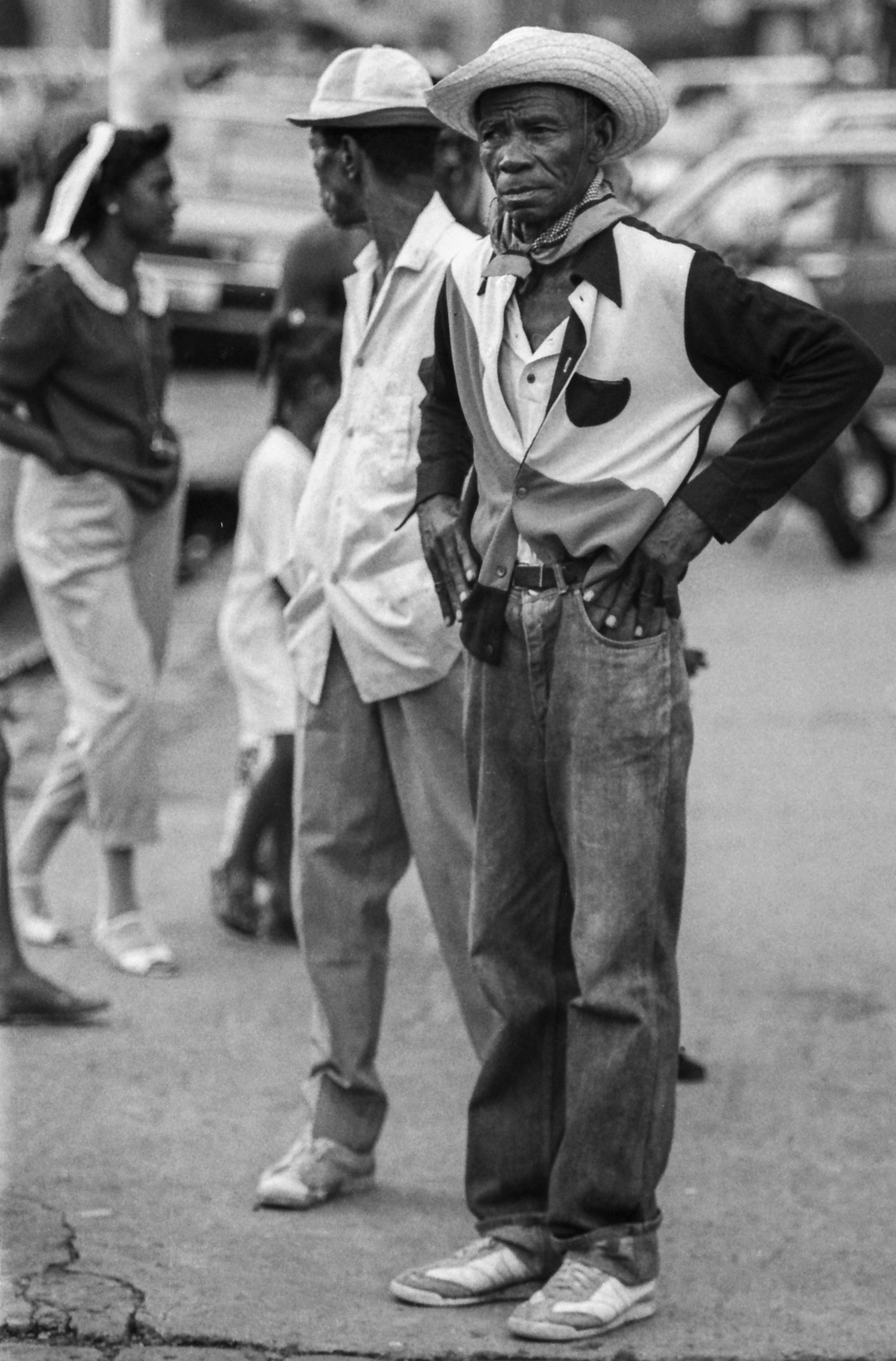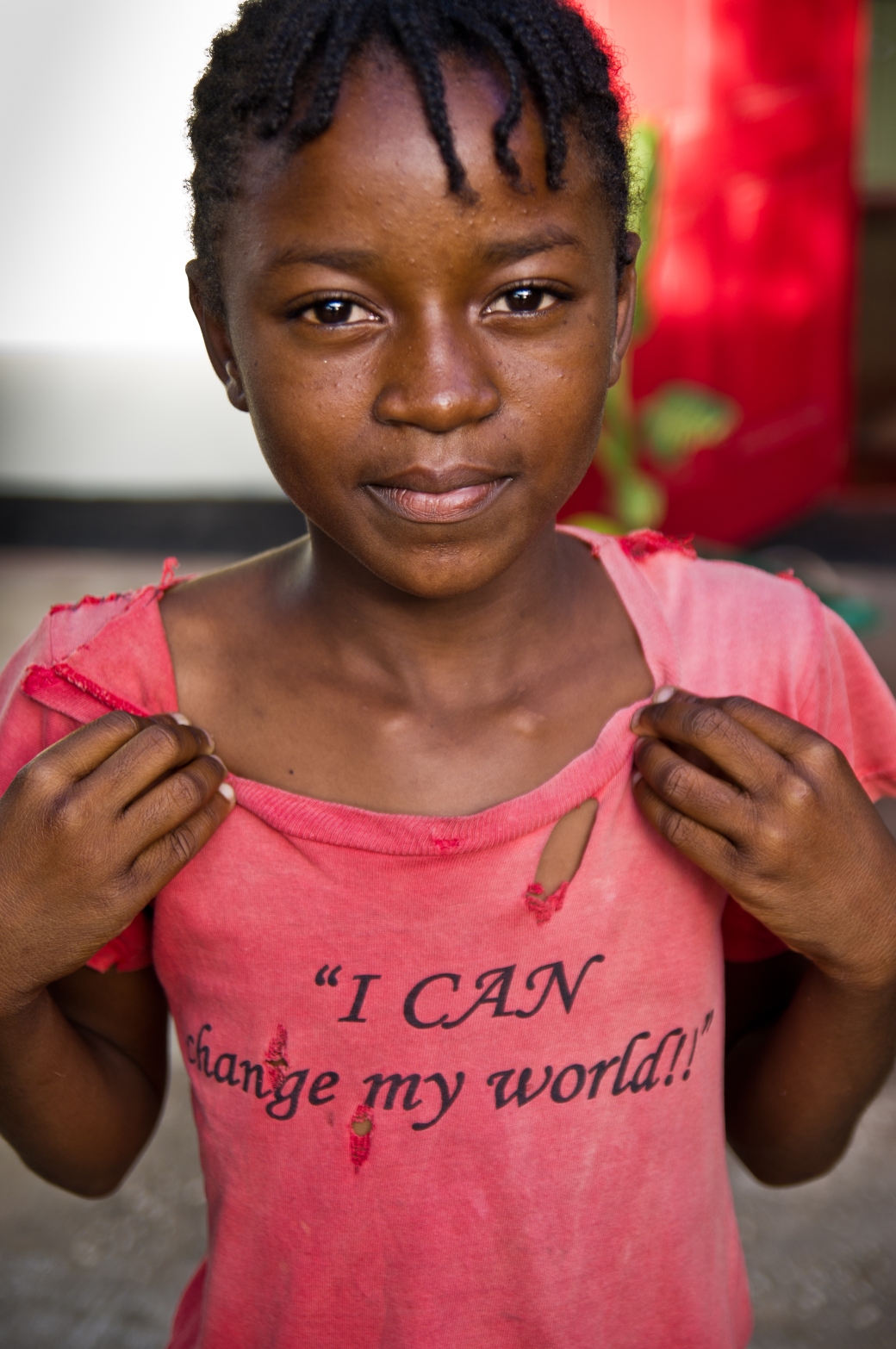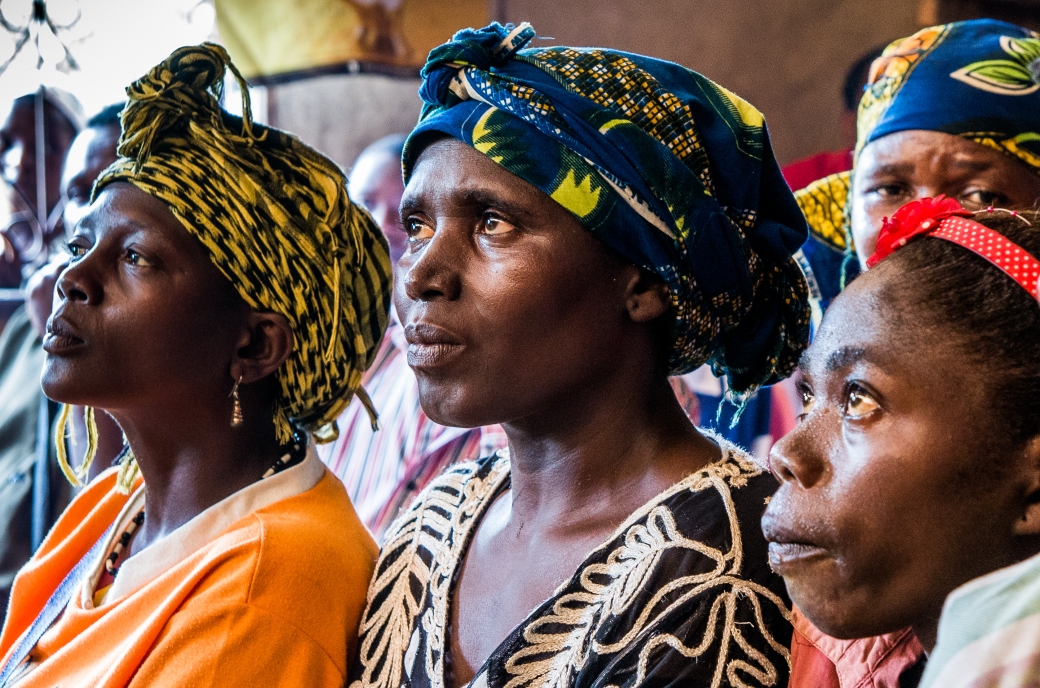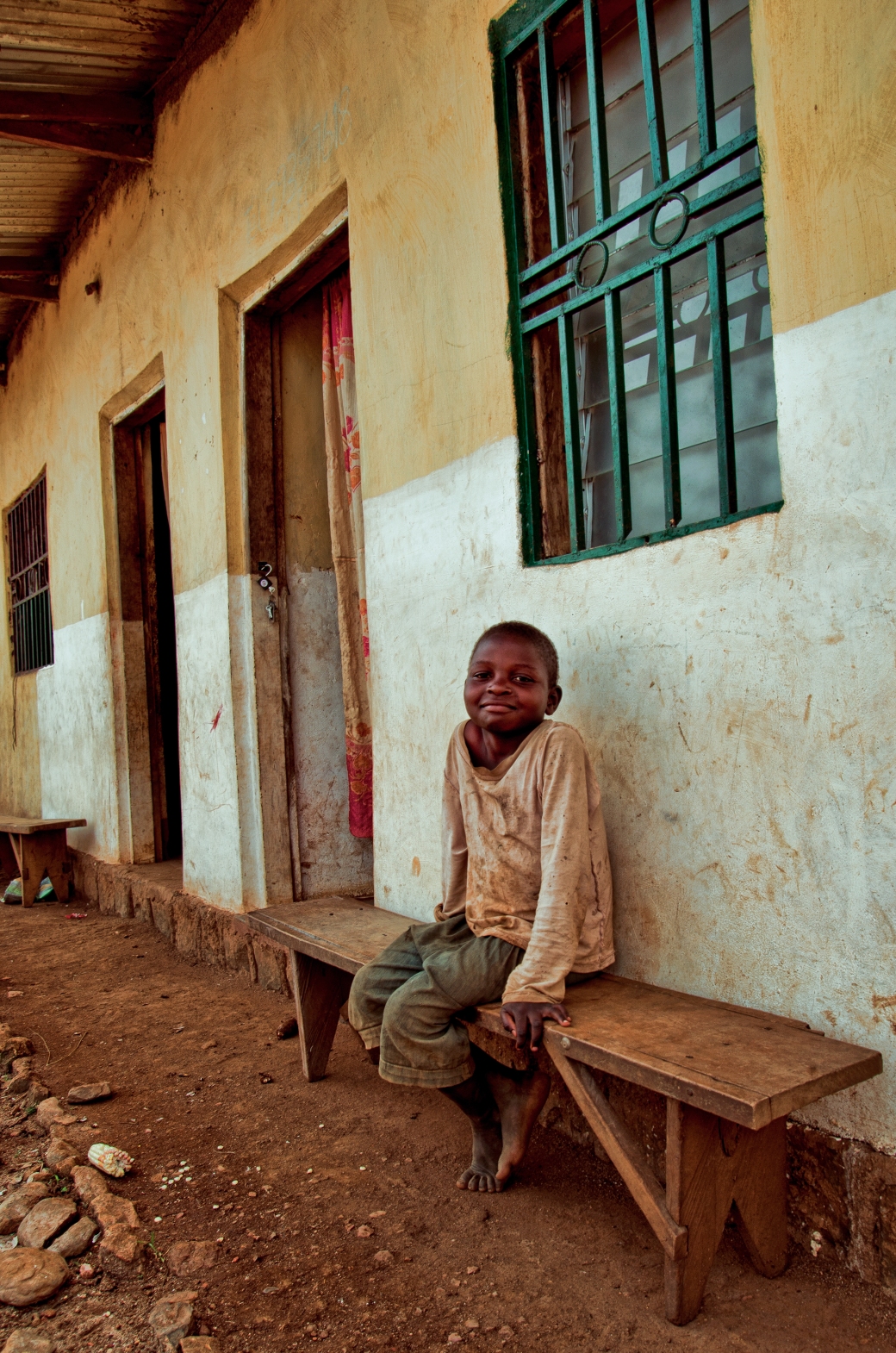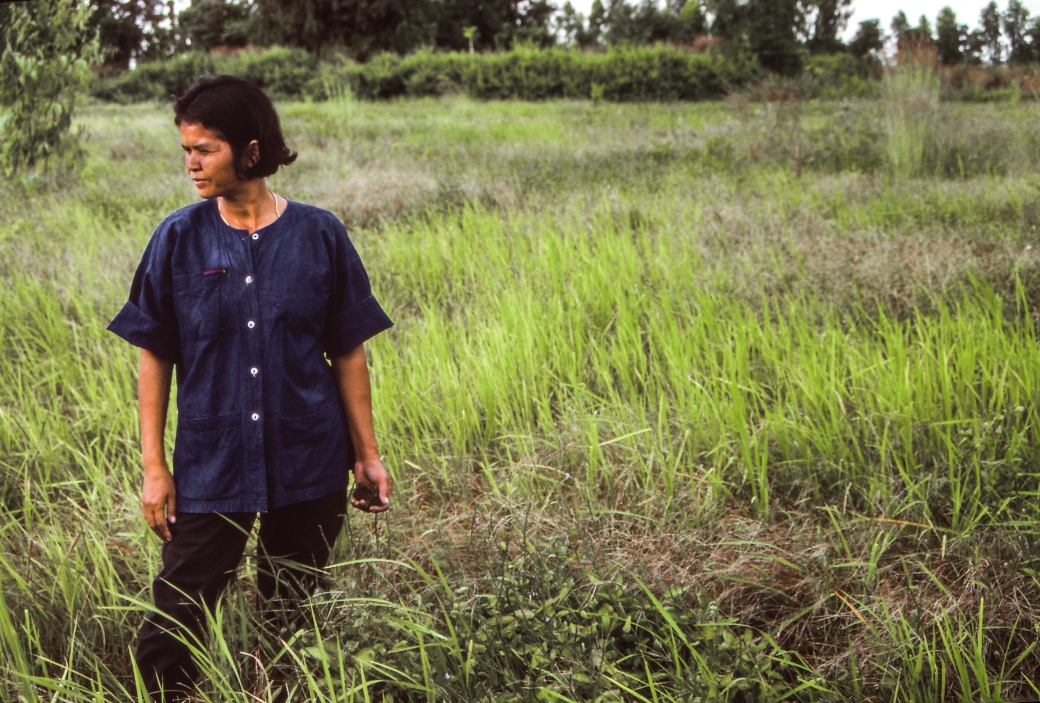In 1986, I volunteered in the rural Caribbean community of Barrouallie, in St. Vincent and the Grenadines. I played a small part in developing a preschool that is still helping kids get a better start, and for that opportunity I’m grateful. Just over thirty years and change later, I returned.
I sometimes felt the presence of my younger self, like seeing the ghost image in a rangefinder camera. The occasional person remembered me, calling out ‘hey teacha, welcome back’, sprinkled with the affectionate ‘you be balder and bigger now.’ No argument here. A few offered me Hairoun beer, so no complaints either…
Welcome to this gallery of some photographs from my time working in international development. Scroll/swipe down to see the photos. You can also read Go South Young Man, reflections on a time in the development sector.

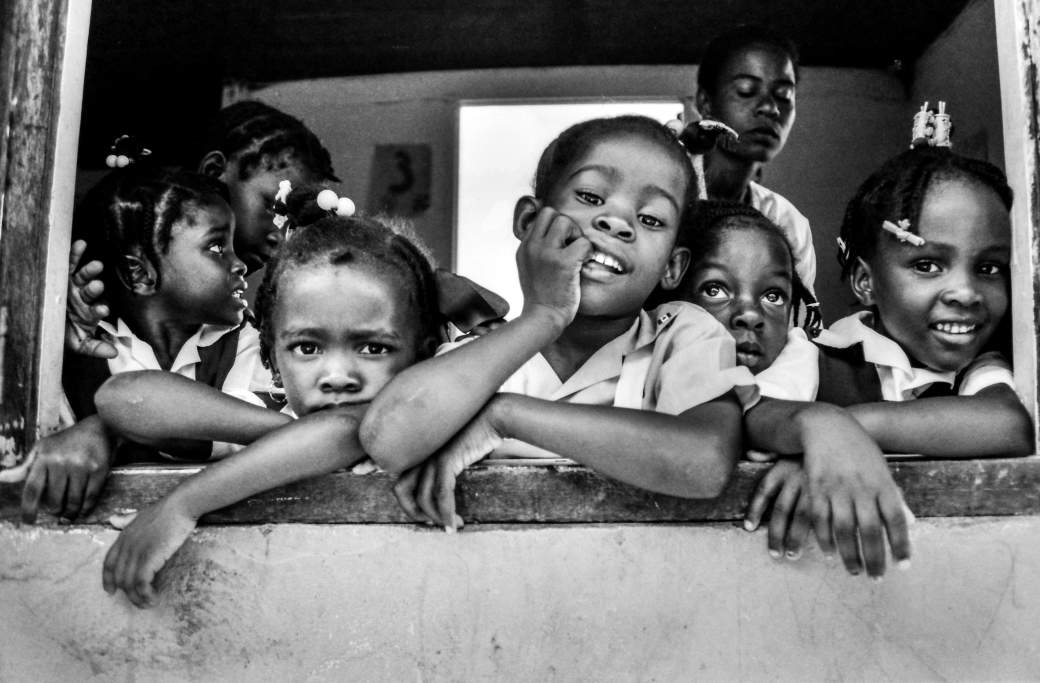
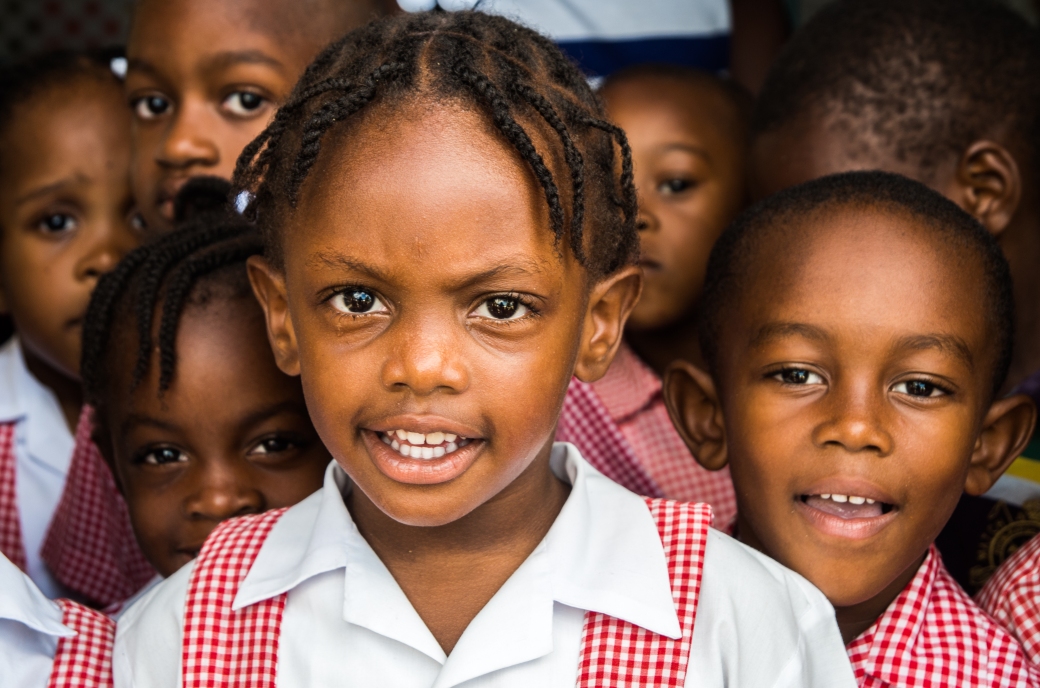

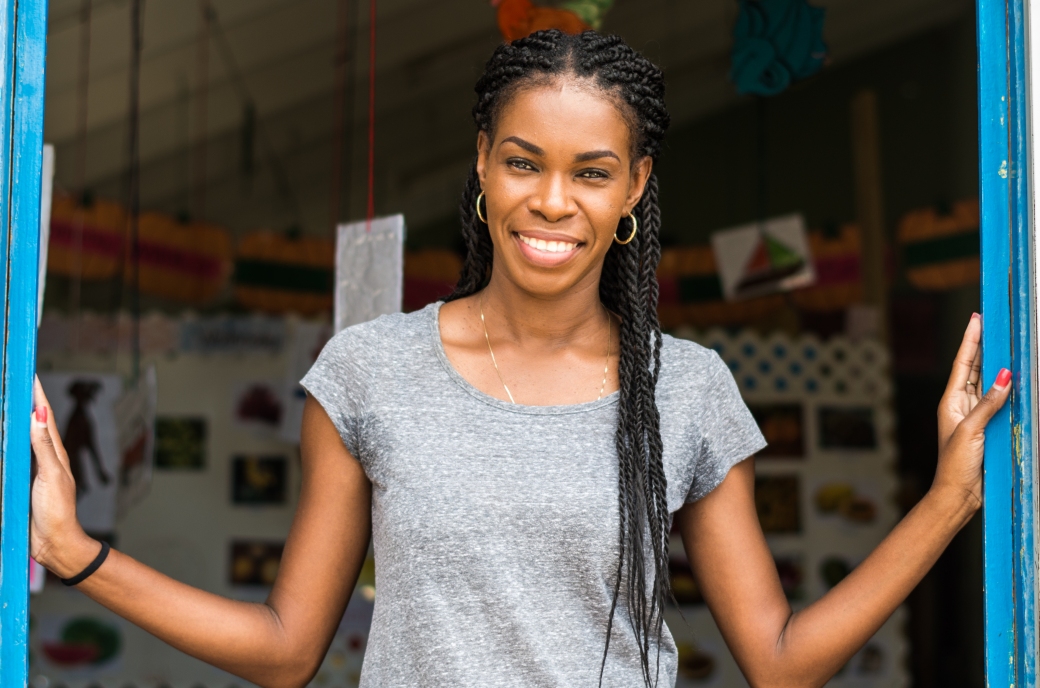


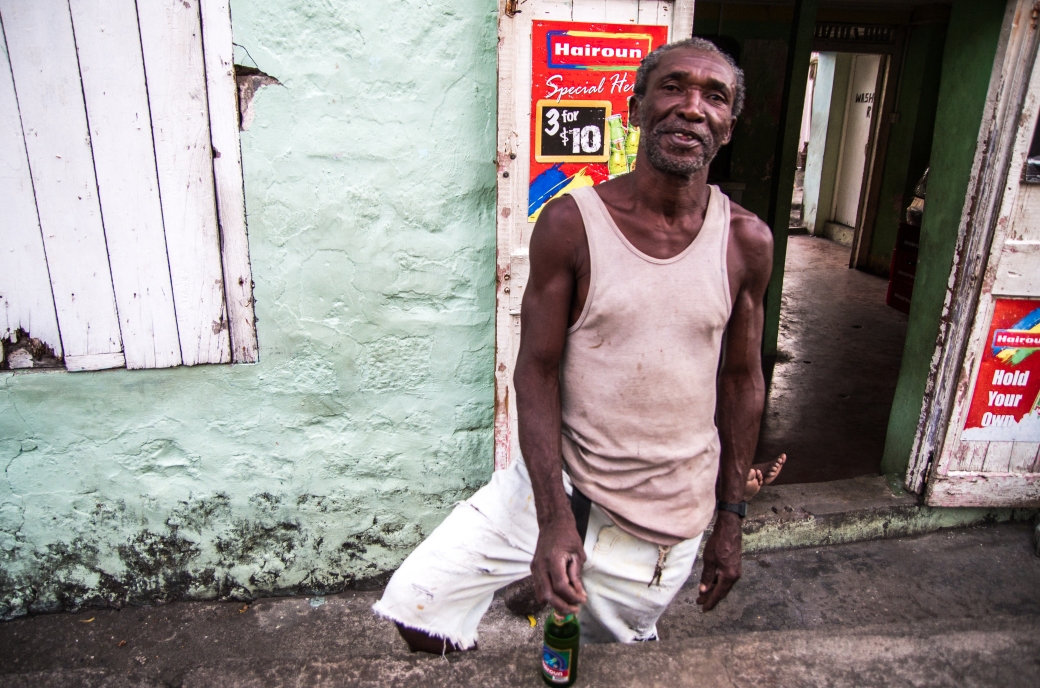
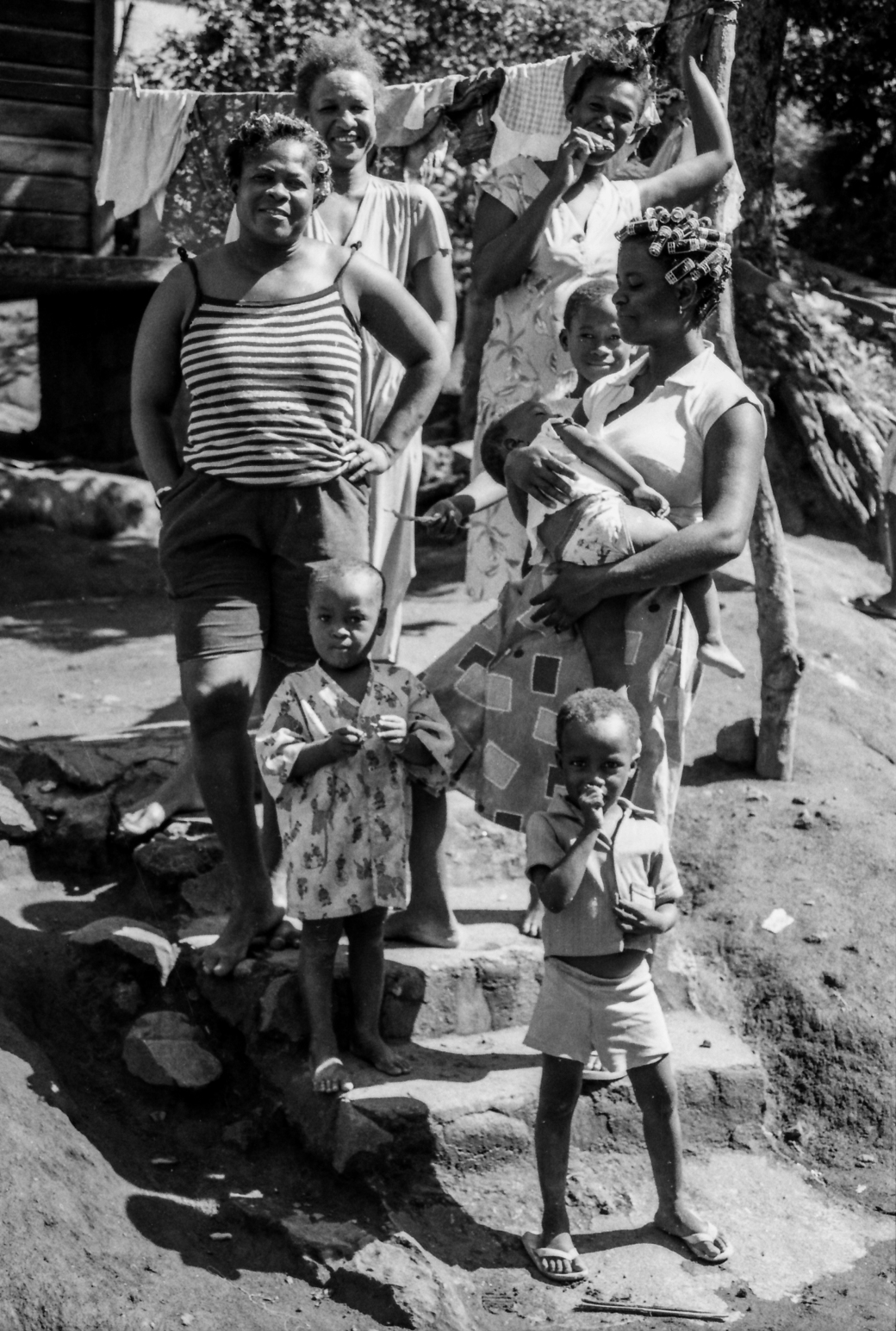
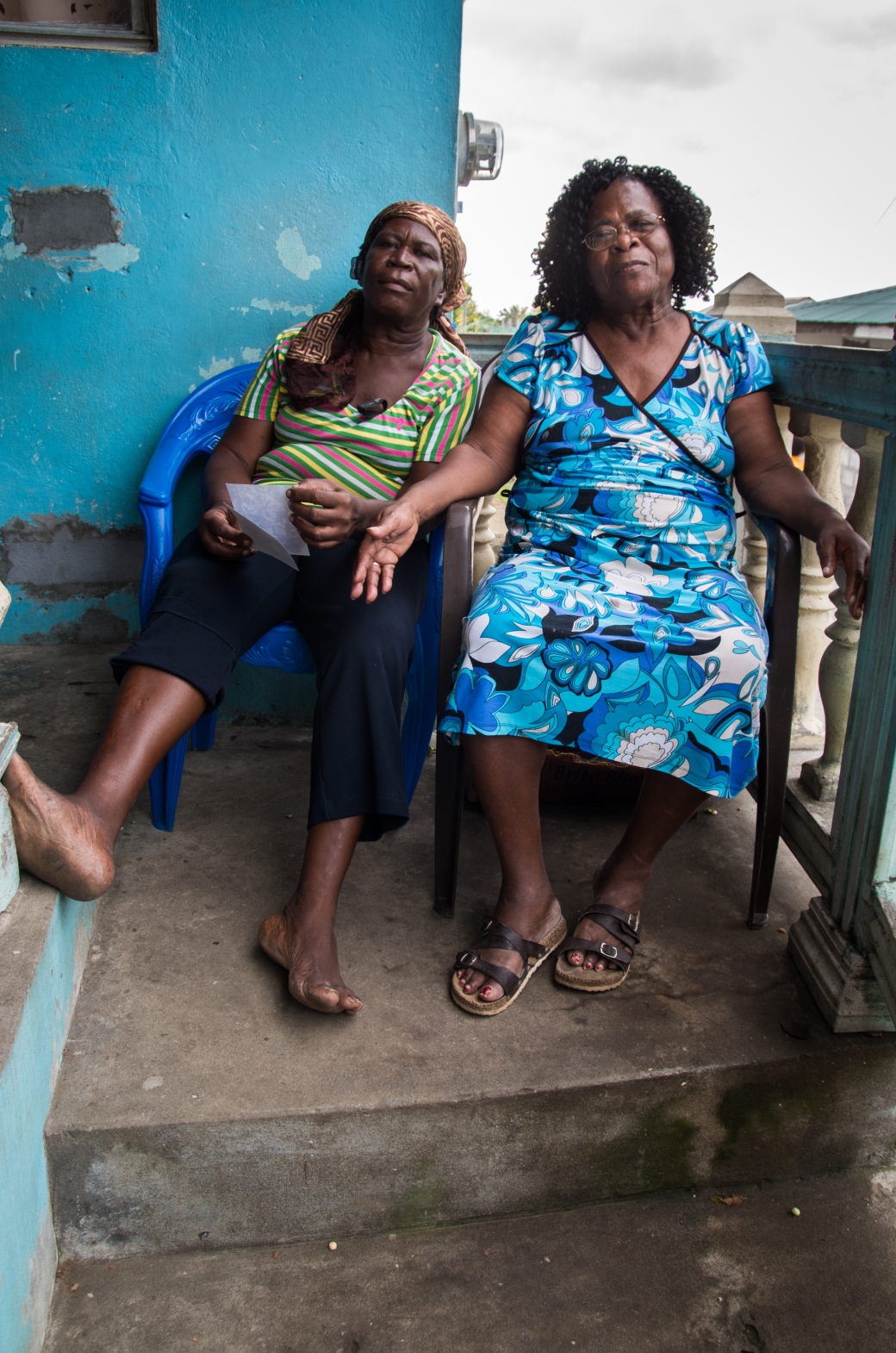
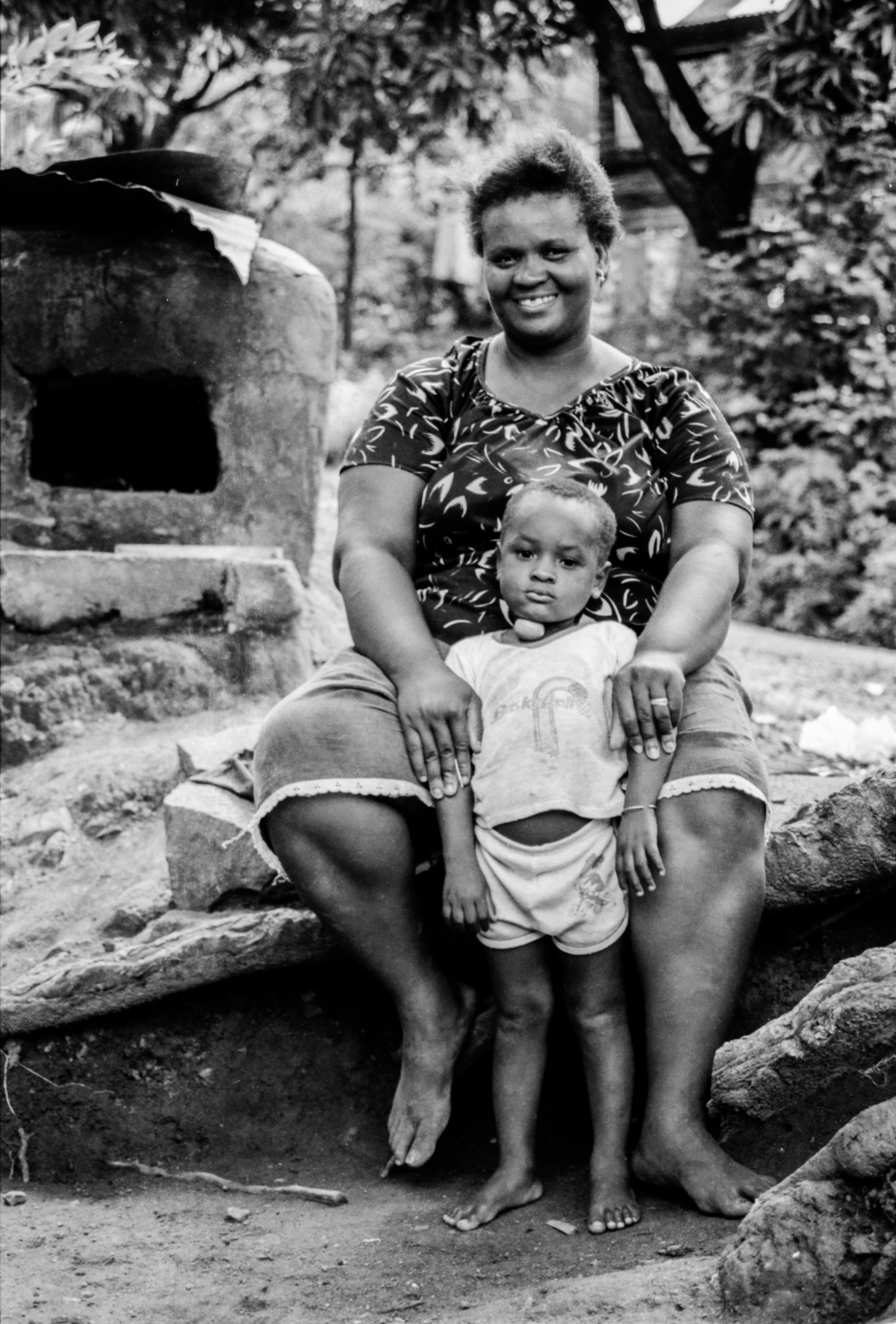

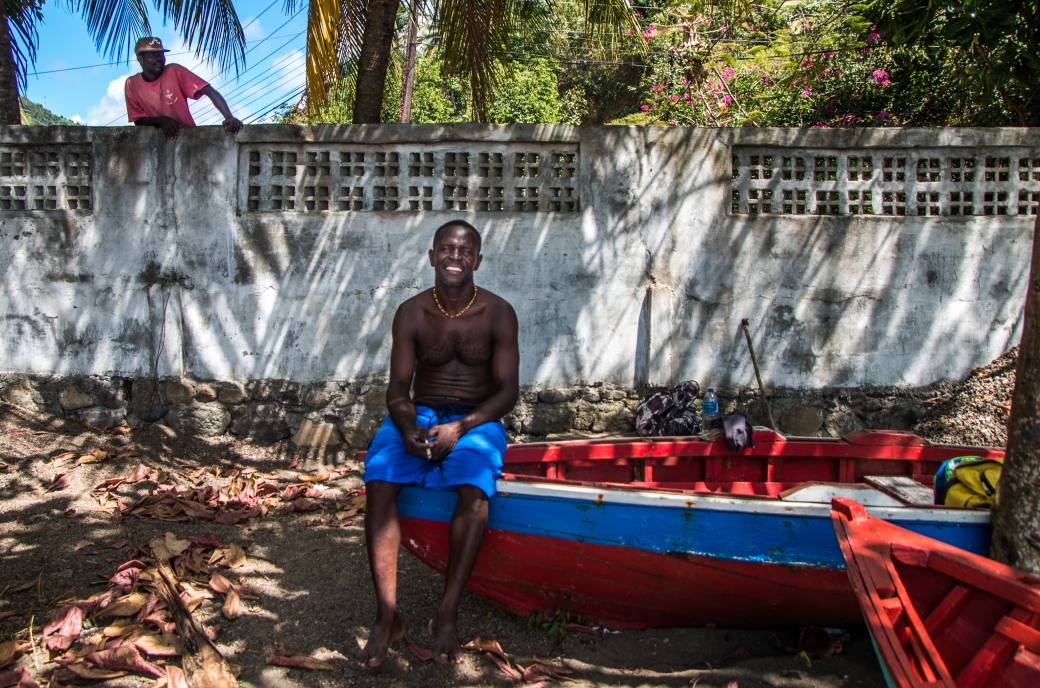
 The photo was taken in
The photo was taken in 